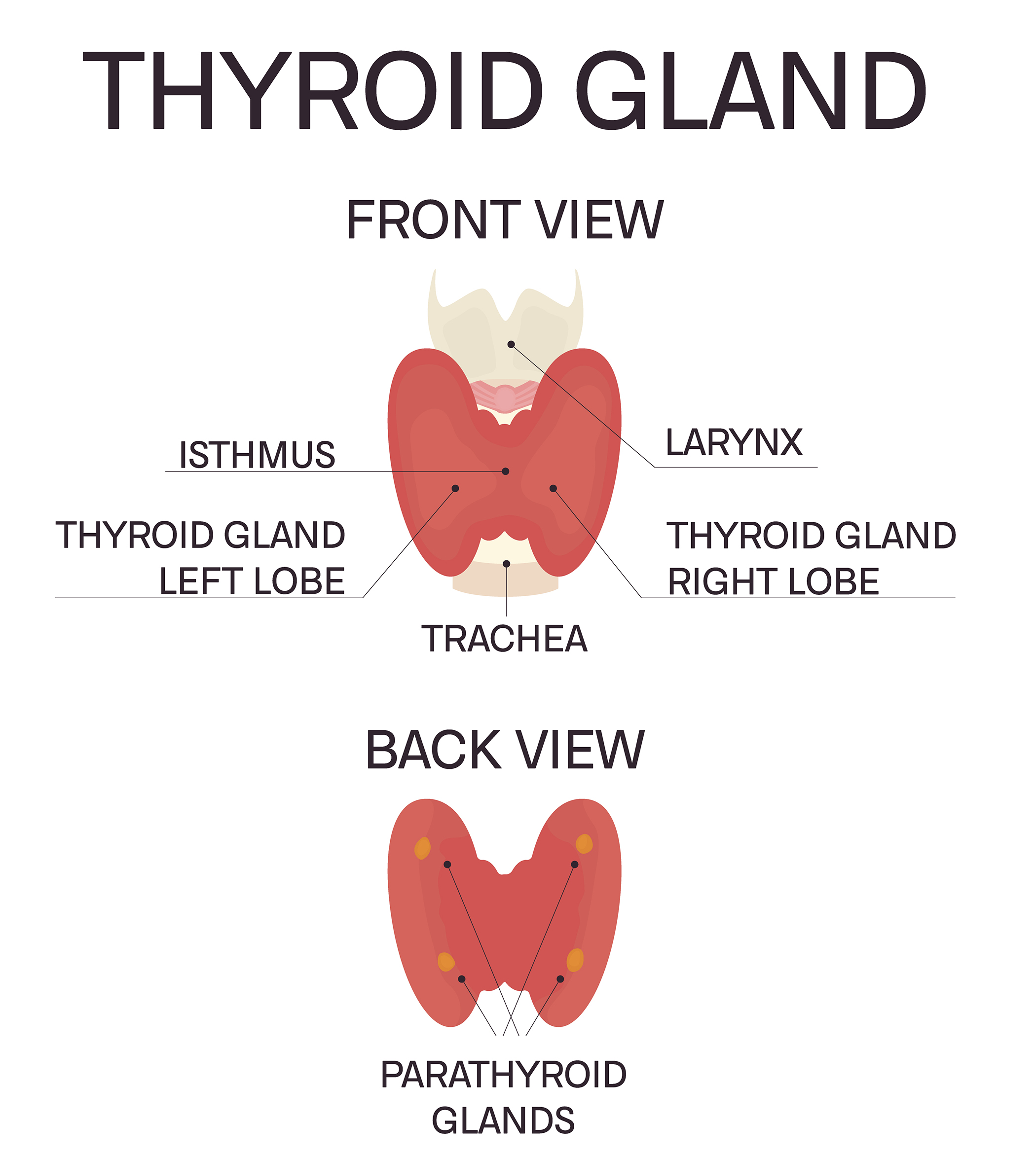- Thyroidectomy is the most common surgical procedure for thyroid cancer. Surgery can remove the entire thyroid or a portion of it.
- Selective neck dissection may also be done if needed to remove diseased nodes and to confirm or rule out metastasis.
- Hemithyroidectomy, also called lobectomy, is used to treat small malignancies that haven’t spread beyond the one lobe of the thyroid or to confirm cancer if diagnostics have been inconclusive. At Stony Brook Cancer Center, thyroidectomies and hemithyroidectomies can be done with minimally invasive techniques using endoscopes through a neck incision that’s less than five centimeters.
- Minimally invasive video-assisted thyroidectomy (MIVAT) is one of the most recent advances available to our patients in the surgical treatment of thyroid cancer. This procedure uses much smaller incisions than the traditional thyroidectomy, and results in smaller scars and less post-operative pain.
- Ultrasound-guided injections of alcohol into small malignancies can remove lesions that weren’t accessible in surgery.
RADIATION ONCOLOGY
- Adjuvant radioactive iodine (RAI) may be used in patients whose cancer has spread beyond the thyroid gland to ablate remaining thyroid tissue and microscopic tumors. Dosages for RAI have been lowered, especially for lower risk neoplasms.
- Adjuvant external beam radiation therapy (EBRT) is often used after surgery for patients with locally advanced thyroid cancer to reduce the recurrent disease.
For more information: Department of Radiation Oncology
MEDICAL ONCOLOGY
Current medical therapies include, chemotherapy, targeted drug therapies for advanced and metastatic disease, and immunotherapy.
INFORMATION & APPOINTMENTS
(631) SB-CANCER (722-2623)


